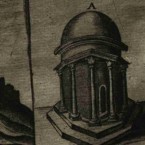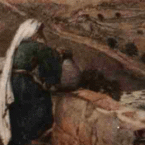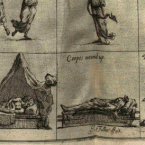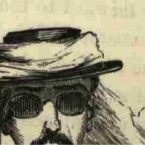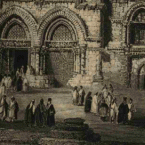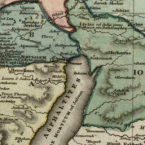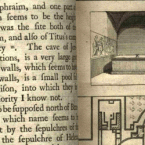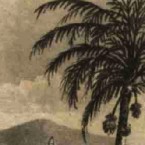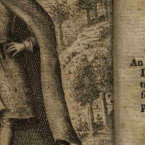Introduction
On November 2nd, 1917, British Foreign Secretary Arthur James Balfour sent the following declaration to the Zionist leader Baron Rothschild:
Called the Balfour Declaration, this statement informed subsequent British policy regarding the region of present-day Israel, West Bank and Gaza, an area then known to British subjects as the Holy Land, Palestine, Syria, or as part of Asian Turkey. The Declaration influenced Britain’s settlement with Turkey after the fall of the Ottoman Empire, and the establishment of the British Mandate for Palestine, which administered the region until ceding power with the formation of the state of Israel in 1948.
The Declaration uses the act of seeing, “viewing,” to express an opinion, but also to articulate a vision of a political future for a distant landscape. It also displays a colonial understanding of land rights by implying that Britain could control space the vast majority of its citizens didn’t occupy, or view themselves on a regular basis. This exhibit, therefore, investigates the cultural history of the Balfour Declaration by asking what “views” of Palestine might have been accessible to the British public through books during the period leading up to this expression of policy.
Printed in London before 1917 and now housed at the Thomas Fisher Rare Book Library in Toronto, the thirty-five illustrated travel books collected here offer a snapshot of the British “views” of Palestinian landscape in circulation prior to the Balfour Declaration. While vast quantities of other early visualizations of Palestine exist in other places and other formats, I foreground the Fisher collection—a century of migrants’ donations that resides on land once occupied by Iroquois, and then Huron people—to admit the lens through which I, as a Canadian scholar, am obliged to regard British colonial history. Like a national border, the boundaries of the Fisher collection also sketch the extent and colonial history of one community’s knowledge.
The illustrations in these books invite their viewers and readers to imagine knowing Palestine, to experience a book as a window. Each of the five display cases in this exhibit exposes one of these British ways of looking at Palestine. In Palestine as Scene in Religious History, British visitors imagine Palestine as a past moment in their religion rather than a place, and their illustrations only echo what the region itself seems to offer pilgrims—a visual gloss on scripture, or an illustration of the Bible. The impulse of other British visitors to cast as “scientific” and unsentimental an eye on the region as possible appears in Palestine on Display. The witness accounts by pilgrims and travelers in Mobile Subjects demonstrate the slippery individuality of any vision of landscape. Perspectives on Jerusalem engages with a long tradition of views of the ancient city to consider its resistance to unitary perspective, and its place in modern urbanism. The final case, Palestine in the World, acknowledges that these books discover the region through its relation to other places, even as they made Palestine known internationally.
The authors of these books express many different reasons for traveling to Palestine, but their diversity cannot exceed the great variety of journeys “armchair” travelers may have taken with these books, whether by reading and looking, or by heeding the call and going traveling themselves. Drawing Palestine from London is thus a study of both the complicity of travel in the history of books, and the complicity of books in the history of travel. The journeys continue: your perusal of this exhibit online extends this history of mobile and far-flung reading. Please come in, wander about, look through the windows these books draw open, and the landscapes they make and mask when gathered together.
First Display Case: Palestine as Scene in Religious History
